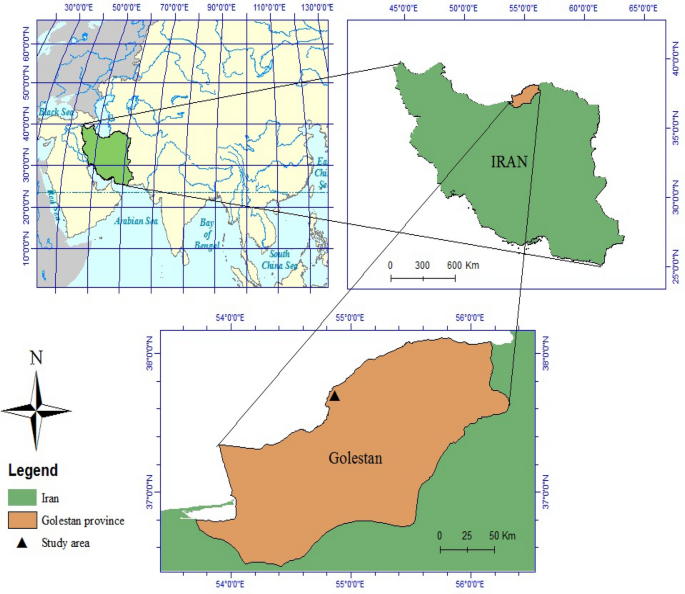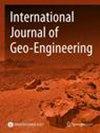Effect of lime-rice husk ash on geotechnical properties of loess soil in Golestan province, Iran
IF 7.1
Q2 ENGINEERING, GEOLOGICAL
引用次数: 0
Abstract
Abstract Loess soils have always been among the most problematic soils, according to engineers. Due to the sensitivity and vulnerability of this soil type, researchers are constantly looking for different solutions to improve and stabilize this soil using different methods. In the present study, a mixture of lime and rice husk ash (LRHA) was used to modify the loess soil of the Golestan province, Iran. Lime and RHA were mixed in a ratio of 2:4 and with different contents of 2.5, 5, 7.5, 10 and 12.5% of the dry weight of the soil. To study the effect of curing on the strength properties, the samples were cured and tested for 7, 18 and 28 days. Atterberg limits, modified Proctor, unconfined compressive strength (UCS) and scanning electron microscope tests (SEM) were performed. It was found that increasing LRHA content increased the value of UCS at different curing times, such that UCS increased about five times by the addition of 5% LRHA to the loess at the end of 28 days. As the curing time increased, the optimum amount of the additive also decreased. The results showed that combining the soil with LRHA is an effective method for improving and stabilizing loess soil. According to the results of the study, the optimum value of 5% additive is economically and technically recommended.

石灰-稻壳灰对伊朗古列斯坦省黄土土力学性质的影响
工程师们认为,黄土一直是问题最严重的土壤之一。由于这种土壤类型的敏感性和脆弱性,研究人员不断寻找不同的解决方案,使用不同的方法来改善和稳定这种土壤。在本研究中,使用石灰和稻壳灰的混合物(LRHA)对伊朗戈列斯坦省的黄土土进行了改性。石灰和RHA按2:4的比例混合,含量分别为土壤干重的2.5、5、7.5、10和12.5%。为了研究固化对强度性能的影响,对样品进行了7、18和28天的固化和测试。进行了Atterberg极限、改良Proctor极限、无侧限抗压强度(UCS)和扫描电镜测试(SEM)。结果表明,随着LRHA含量的增加,不同养护时间下的UCS值均有所增加,在28 d时,添加5% LRHA可使UCS增加约5倍。随着固化时间的延长,添加剂的最佳用量也随之降低。结果表明,土壤与LRHA结合是改善和稳定黄土土壤的有效方法。根据研究结果,在经济上和技术上推荐了5%的最佳添加量。
本文章由计算机程序翻译,如有差异,请以英文原文为准。
求助全文
约1分钟内获得全文
求助全文
来源期刊

International Journal of Geo-Engineering
ENGINEERING, GEOLOGICAL-
CiteScore
3.70
自引率
0.00%
发文量
10
审稿时长
13 weeks
 求助内容:
求助内容: 应助结果提醒方式:
应助结果提醒方式:


